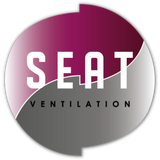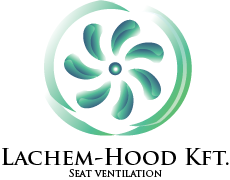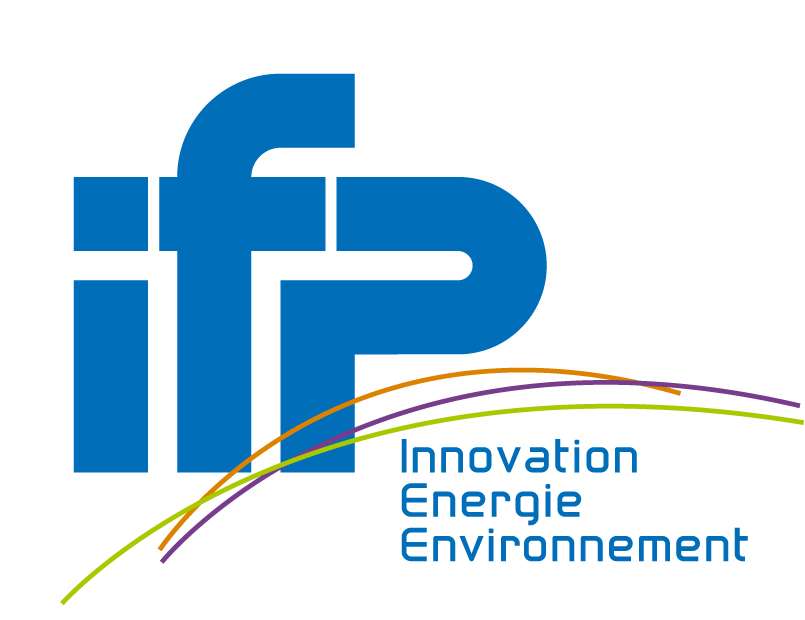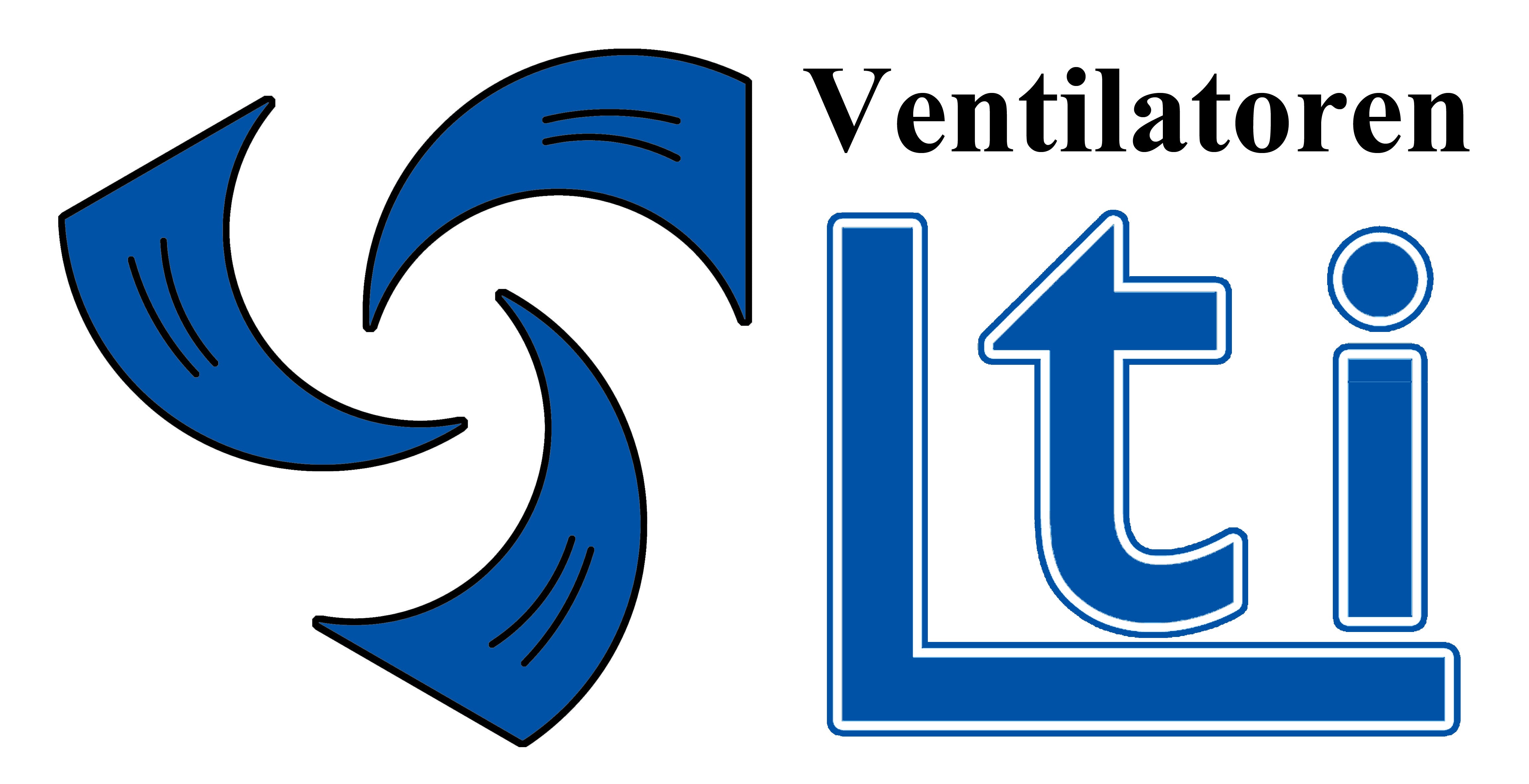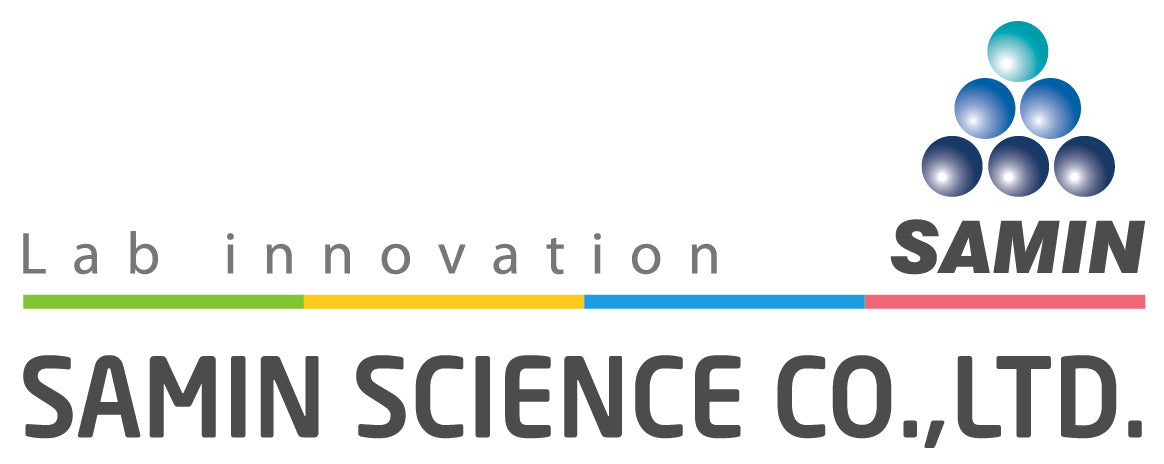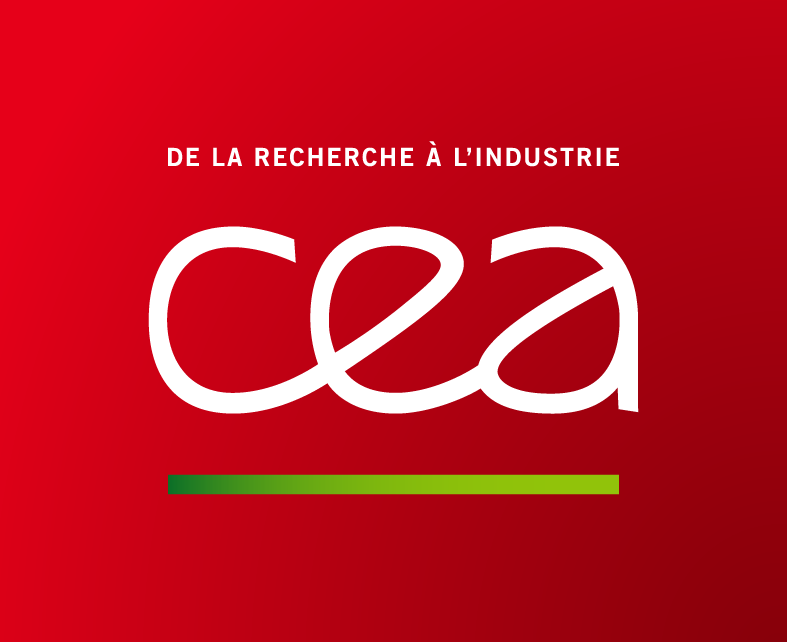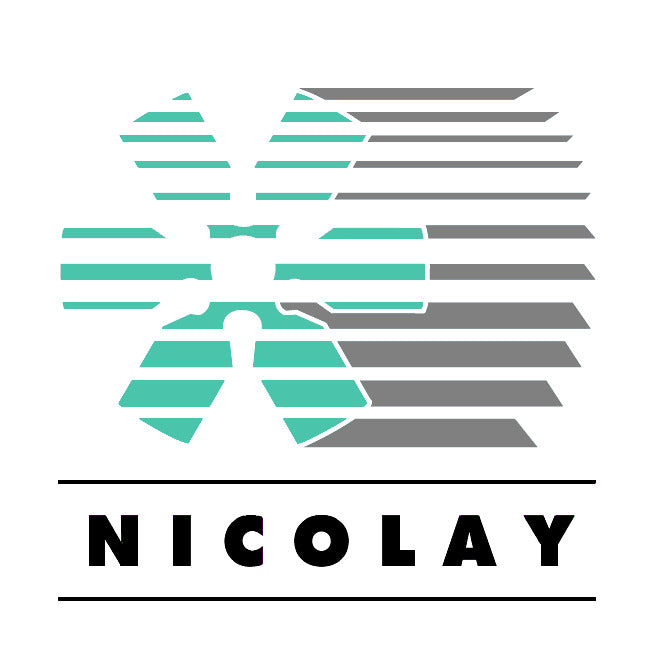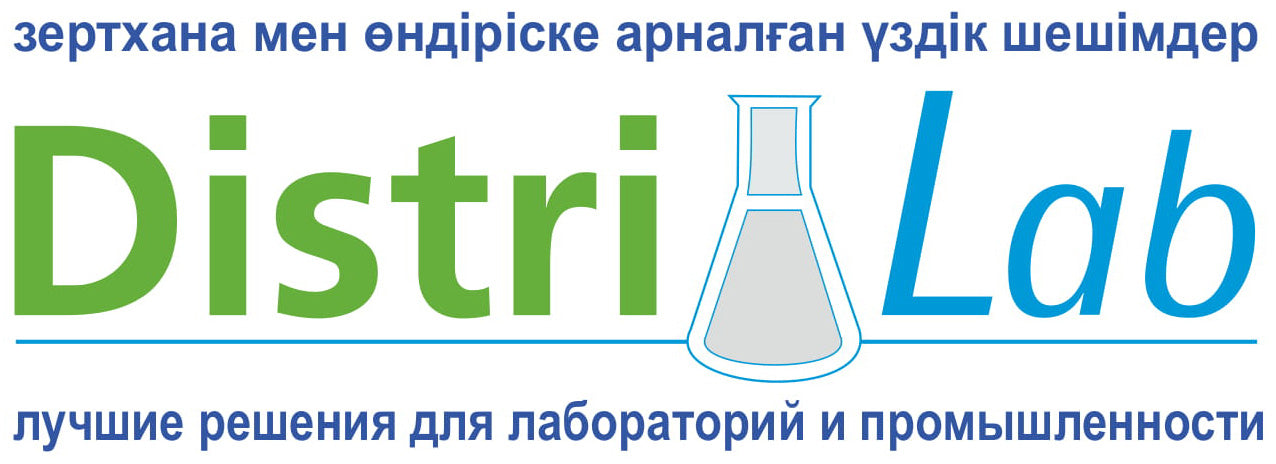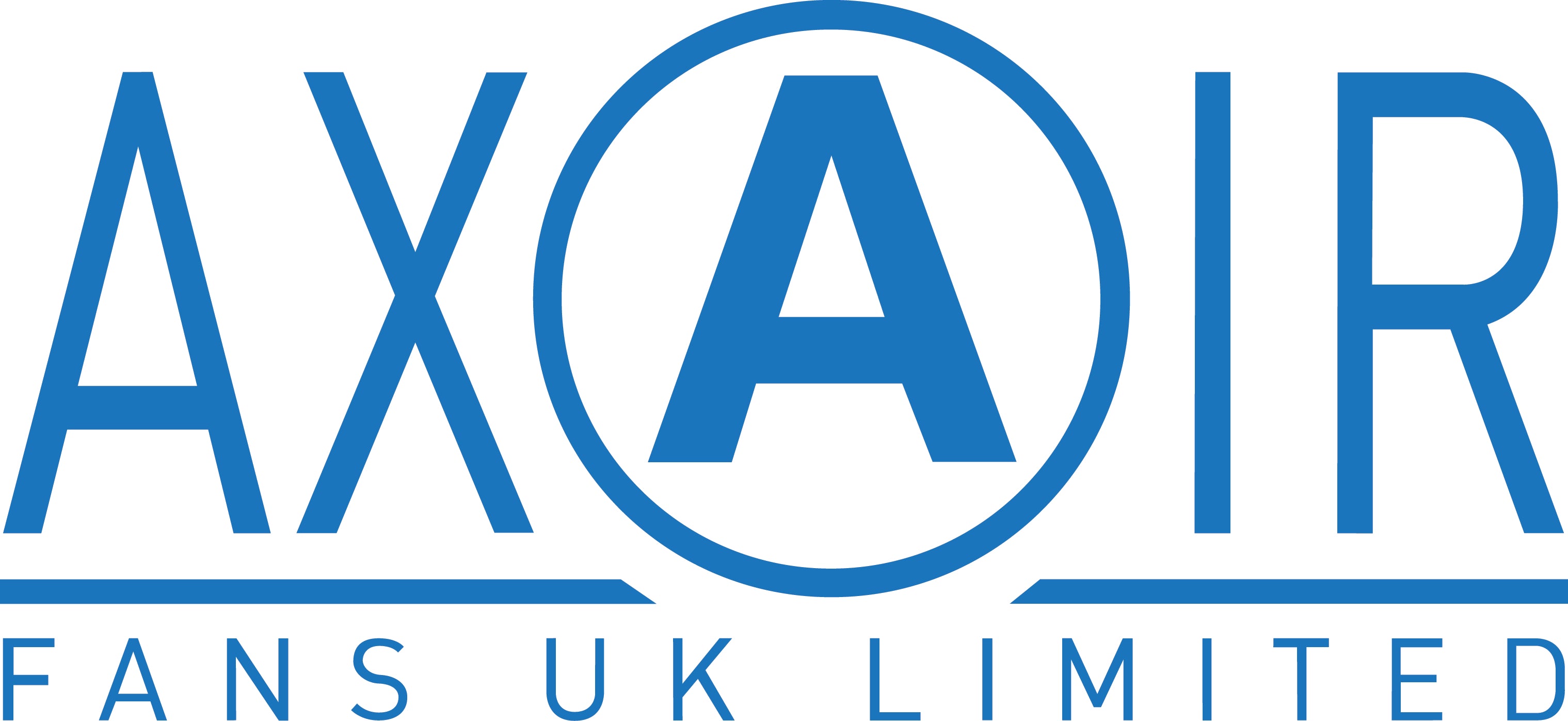In the complex environment of a healthcare facility, air quality is not just a matter of comfort: it is a vital necessity. Between analytical laboratories, operating rooms and care departments, hospitals face unique challenges when it comes to ventilation and air extraction. Understanding these issues means measuring the importance of technical infrastructures that are often invisible but absolutely essential.
Why is ventilation essential in hospitals?
The air in hospitals is filled with various particles, medical gases and chemical vapours on a daily basis. Medical staff, patients and visitors live in spaces where air quality can deteriorate rapidly. Inadequate ventilation exposes healthcare workers to significant health risks, particularly in areas handling hazardous chemicals.
Healthcare establishments concentrate a multitude of activities that generate specific air pollutants. From disinfectants used for maintenance to gaseous anesthetics to laboratory reagents, each department produces its own contaminants. Without a high-performance extraction system, these substances accumulate and create a potentially harmful environment.
Some of these compounds present long-term toxic effects: several substances commonly used in hospitals are classified as carcinogenic, mutagenic, or reprotoxic (CMR) by health authorities.
In spaces requiring the highest levels of cleanliness, three factors are decisive: airflow management, homogeneous distribution of ambient air and stable environmental conditions. These parameters ensure both a healthy working environment and optimal conditions for patient care. Controlling these elements also helps limit the spread of nosocomial infections, a major public health issue.
The special case of pathological anatomy laboratories
Pathological anatomy laboratories are a perfect example of the challenges of hospital ventilation. The techniques used involve the handling of large quantities of chemicals, including formalin. This gas, which is extremely irritating to the eyes and respiratory system, exposes personnel to significant health risks when inhaled.
Repeated exposure to formalin can lead to chronic conditions in laboratory technicians and pathologists. Symptoms range from simple irritation to more serious respiratory problems. Faced with these documented risks, prevention is imperative through the installation of effective extraction systems.
Faced with an increasingly strict regulatory context, hospitals must imperatively implement a rigorous approach to the assessment and prevention of chemical risks. Equipping all laboratories with extractors for toxic vapours and gases is no longer an option, but a legal obligation. Health inspectorates now systematically check the compliance of these facilities.
Solutions tailored to the requirements of the medical sector
At SEAT Ventilation, we understand the specific challenges of the hospital environment. With 55 years of experience in the field of ventilation, we offer a complete range of fans designed for the extraction of corrosive and / or hazardous gases and vapours. Our expertise covers the entire process — from risk analysis to preventive maintenance, including custom design and installation.
Our systems are specially sized to resist corrosion induced by harsh chemicals. They incorporate suitable materials and proven technologies that guarantee reliability and longevity, even in the most demanding environments.
Our expertise allows us to provide ventilation solutions that are perfectly adapted to the technical and regulatory constraints of hospitals around the world. Each facility is designed to ensure staff safety, patient well-being and compliance with current standards.
Investing in air quality is investing in health
Beyond regulatory compliance, effective ventilation in hospitals is an investment in everyone's health. It helps to create a healthy working environment for medical teams, promotes patient recovery and ensures the safety of all visitors.
In an industry where every detail counts, ventilation is not a secondary element: it is an essential link in the chain of care. Hospital decision-makers who favor quality equipment demonstrate their commitment to health excellence and the protection of their teams.
